Topic: Human-Centered Design
-
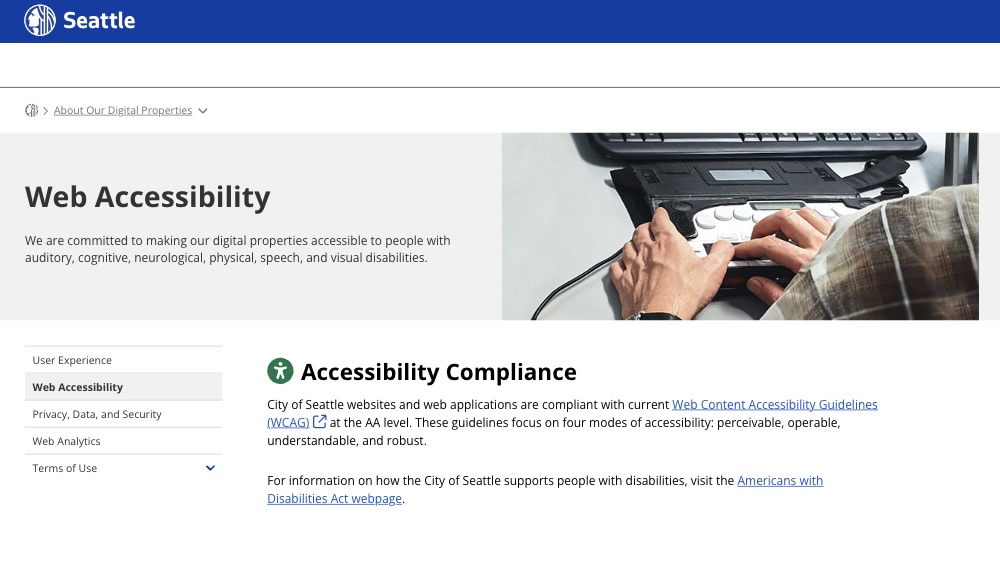
City of Seattle Web Accessibility Page
Webpage to describe the City of Seattle's requirements for all public-facing websites and web applications.
-

Service Designer
This is a job description for the role of Service Designer from the City of Austin.
-
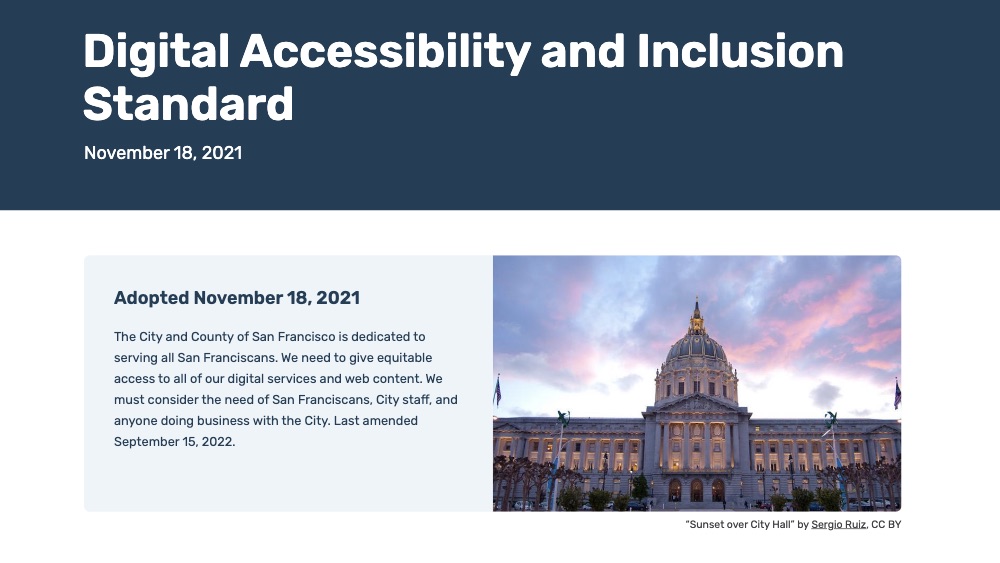
San Francisco Digital Accessibility and Inclusion Standard
City and County of San Francisco's Digital Accessibility and Inclusion Standard which ensures equitable access to all of digital services and web content for San Franciscans.
-

GetCalFresh Demo Website
Demo website for GetCalFresh—Code for America and the state of California’s efforts to simplify the SNAP application process.
-

Service Design Researcher
This is a job description for the role of Service Design Researcher from the City of Toronto Customer Experience Transformation & Innovation.
-

Community Centered Designer
This is a job description for the role of Community Centered Designer from the City of Durham.
-
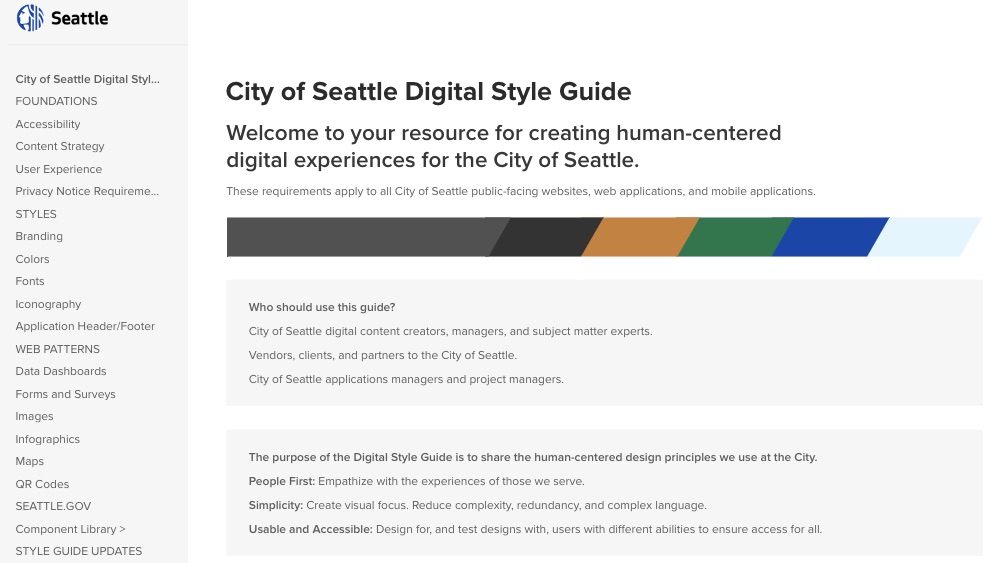
City of Seattle Digital Style Guide
Style guide for creating digital experiences in the City of Seattle
-

Customer Experience Analyst
This is a job description for the role of Customer Experience Analyst from the State of California.
-
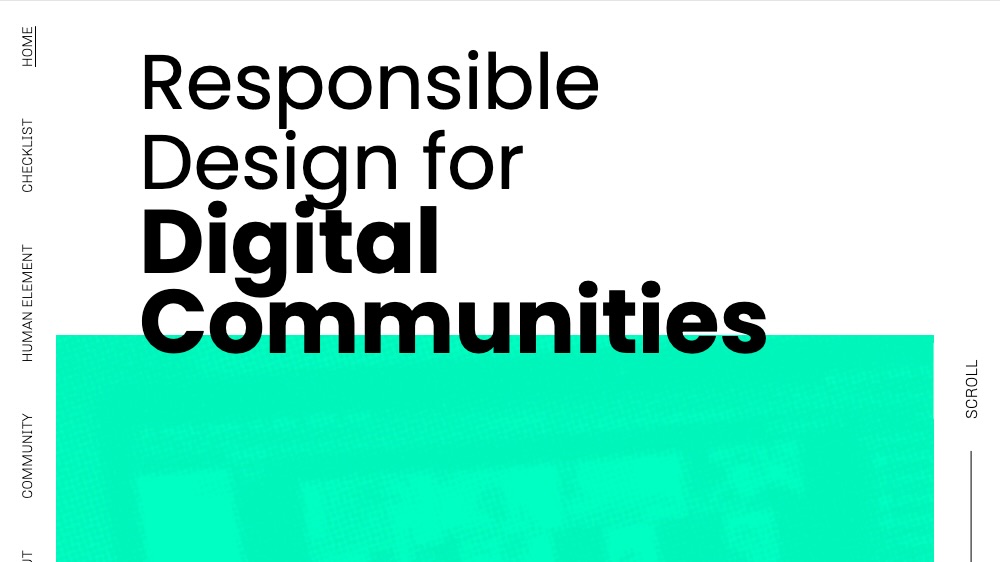
Responsible Design for Digital Communities
This tool kit brings together emergent best practices, workflows, and tools that communities, educators, mutual aid groups, designers, artists and activists are using for community building, and how design needs to change to best suit people, right now.
-
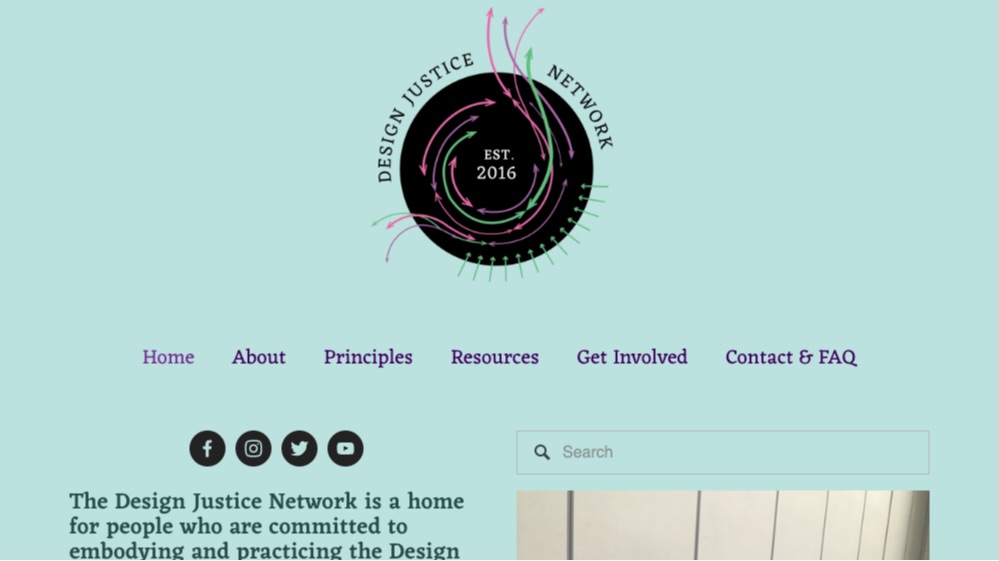
Design Justice Network
Website of The Design Justice Network, a home for people who are committed to embodying and practicing the Design Justice Network Principles.
-
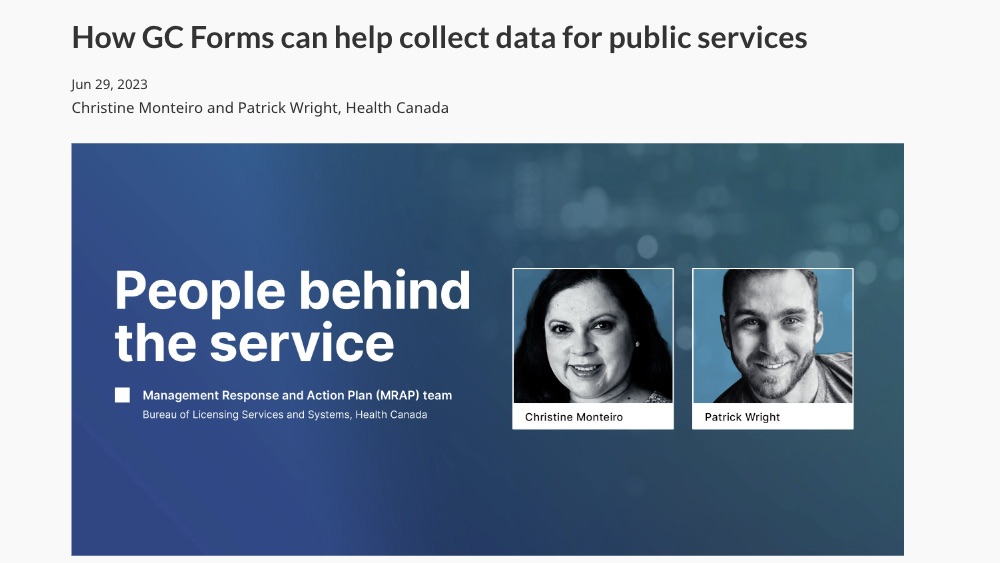
How GC Forms can help collect data for public services
Case study Natural and Non-prescription Health Products Directorate (NNHPD) at Health Canada's experience using GC Forms.
-

Summer of CX Webinar Series: Principles to Improve CX
This webinar discusses the White House Executive Order and federal agency guidance for improving customer experience in public benefit programs.